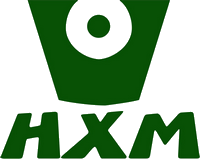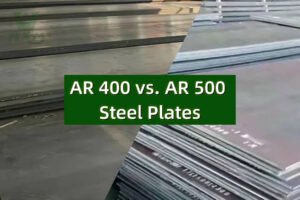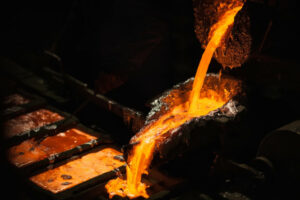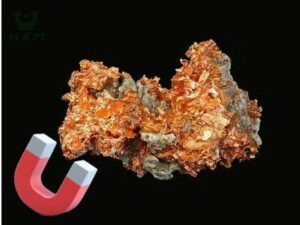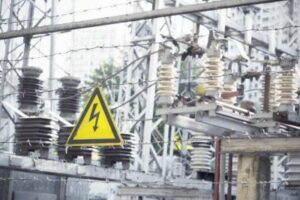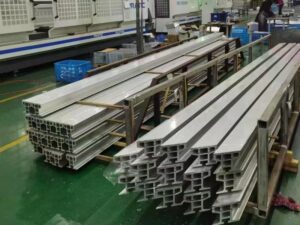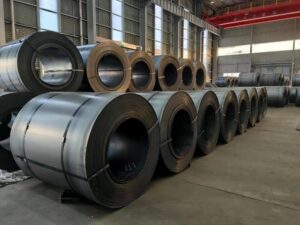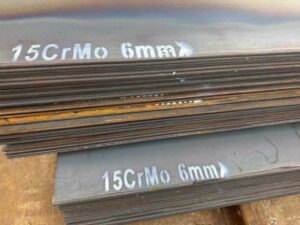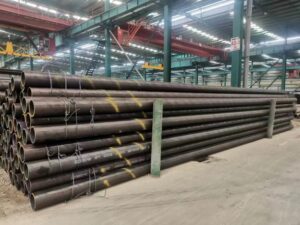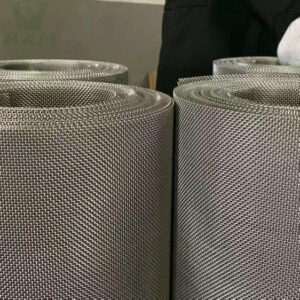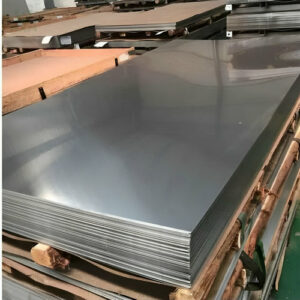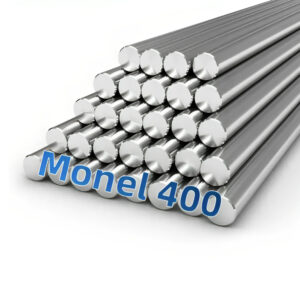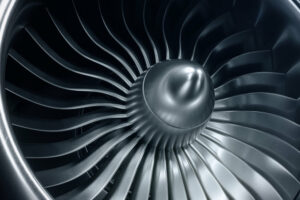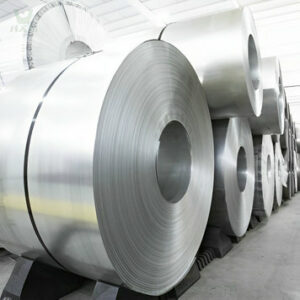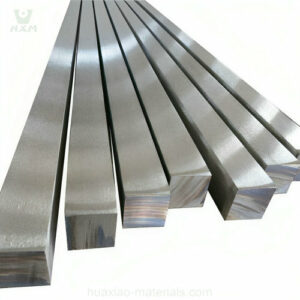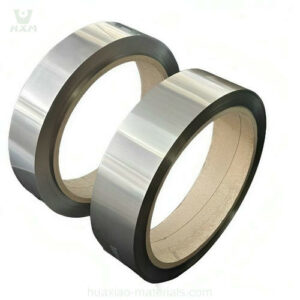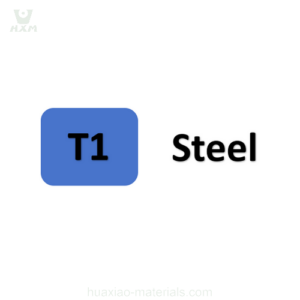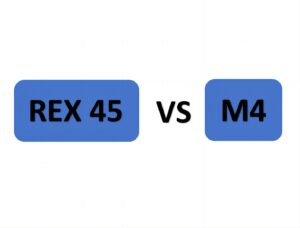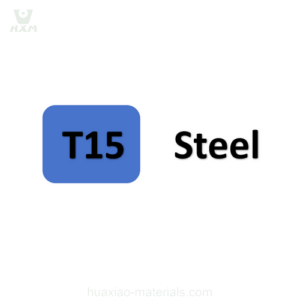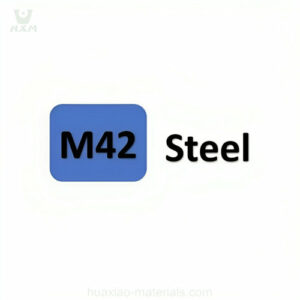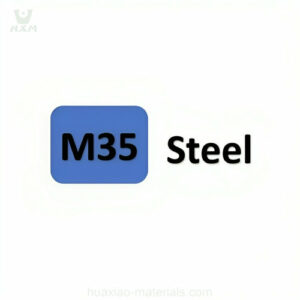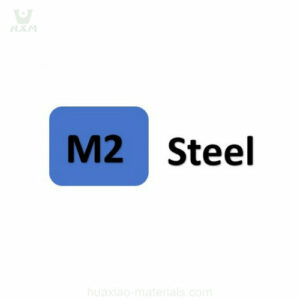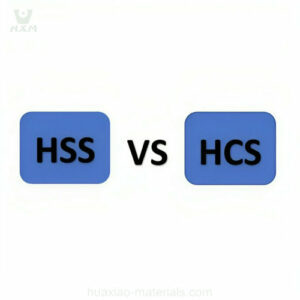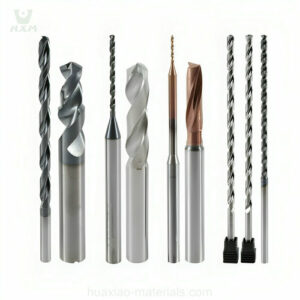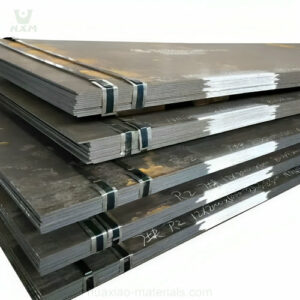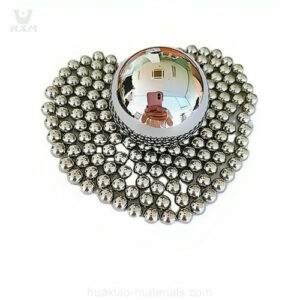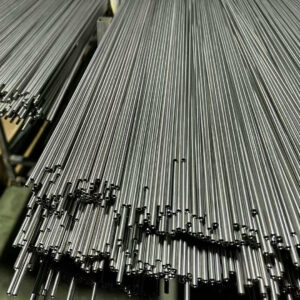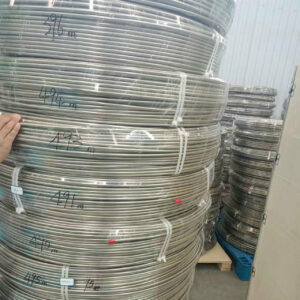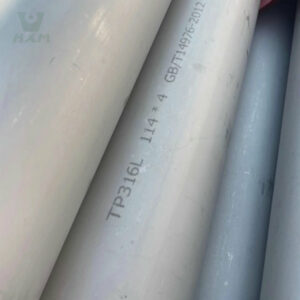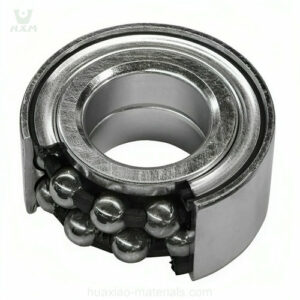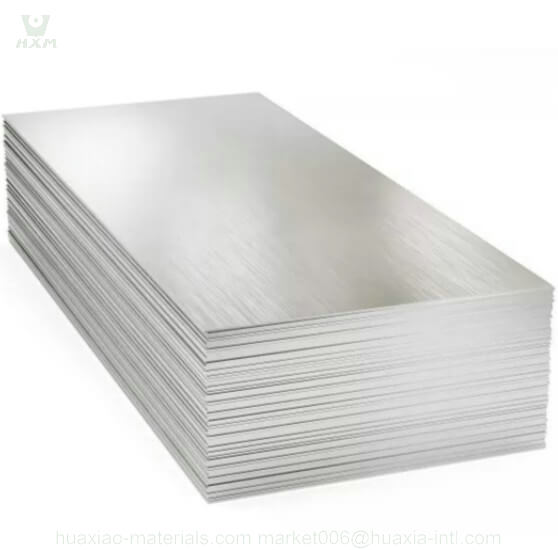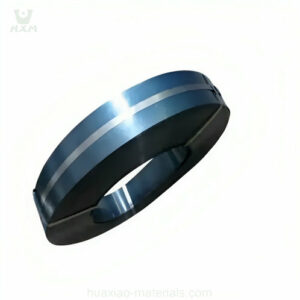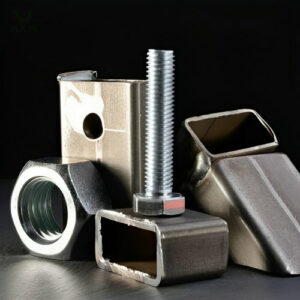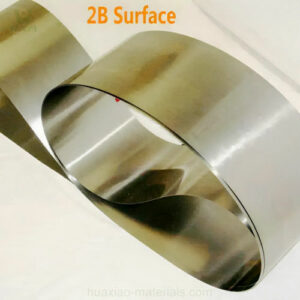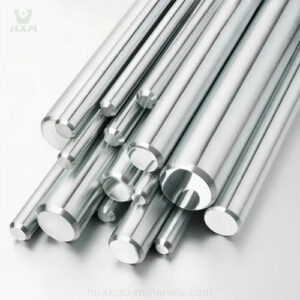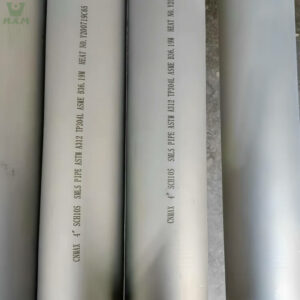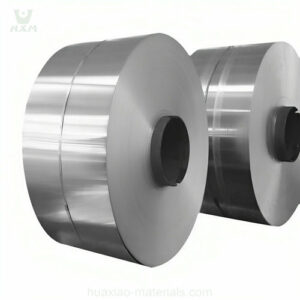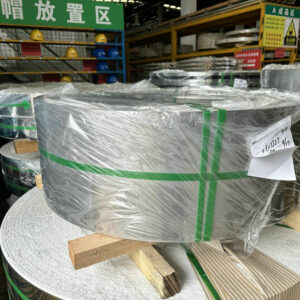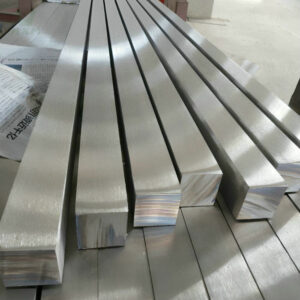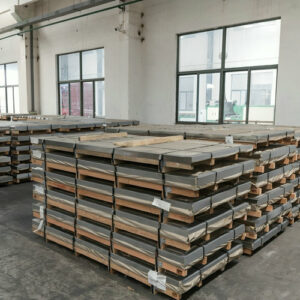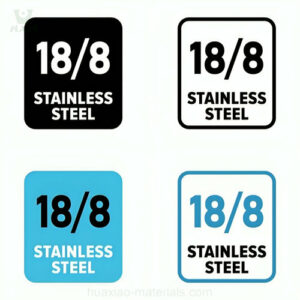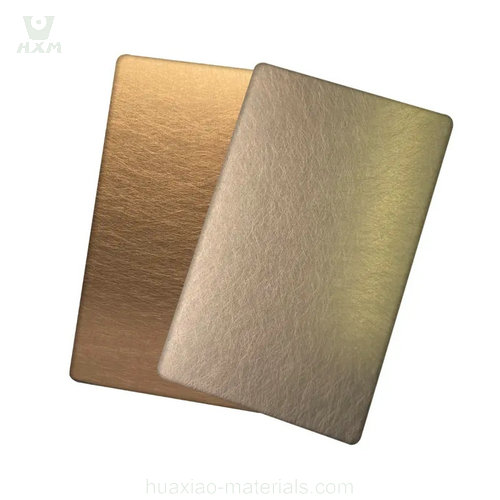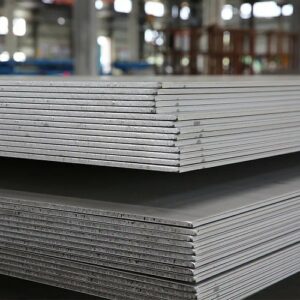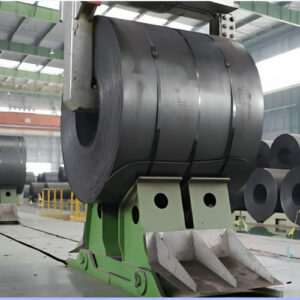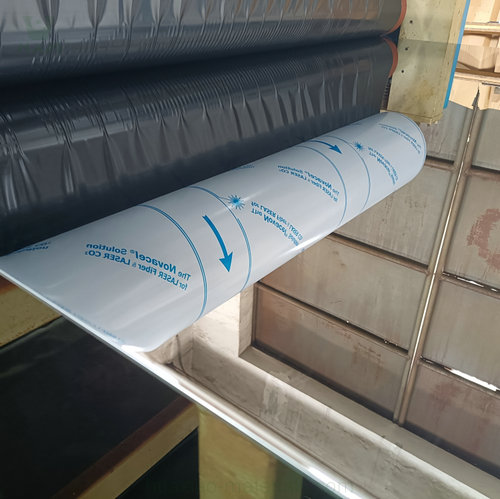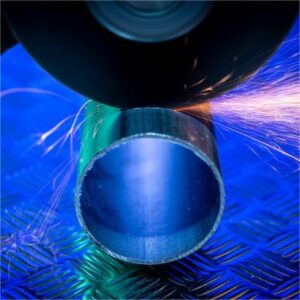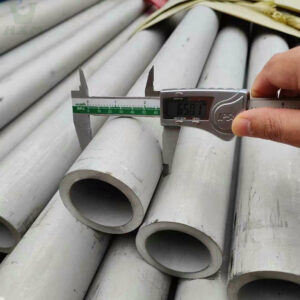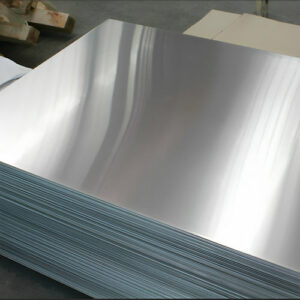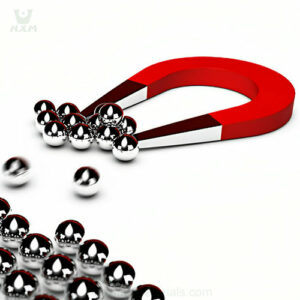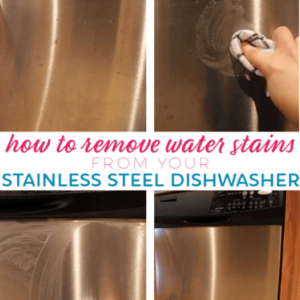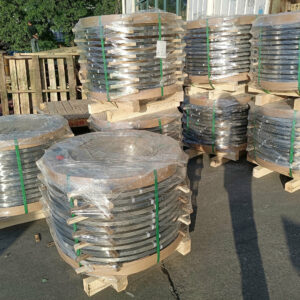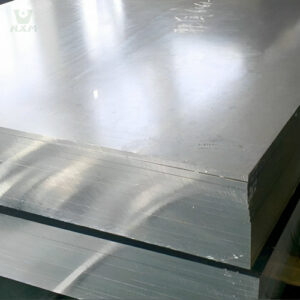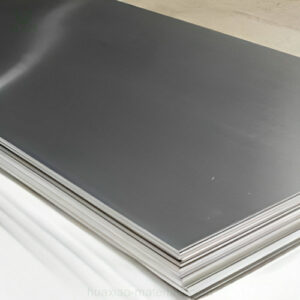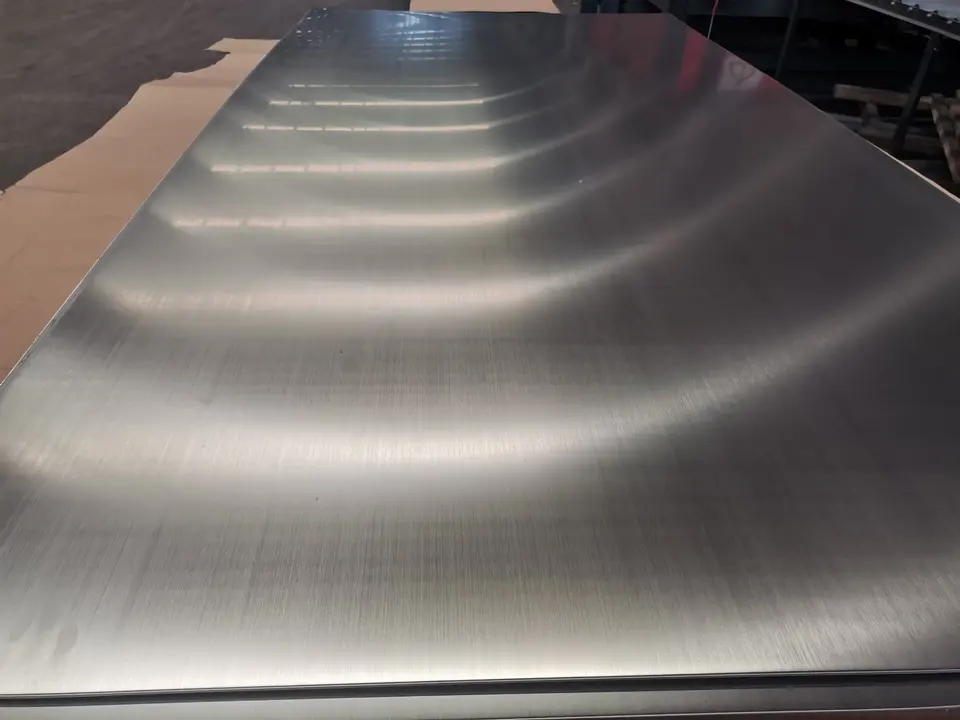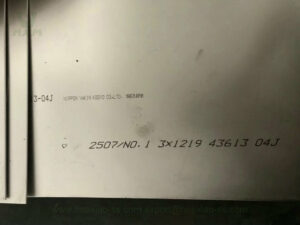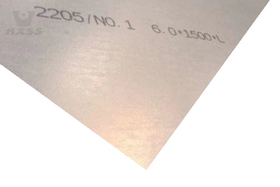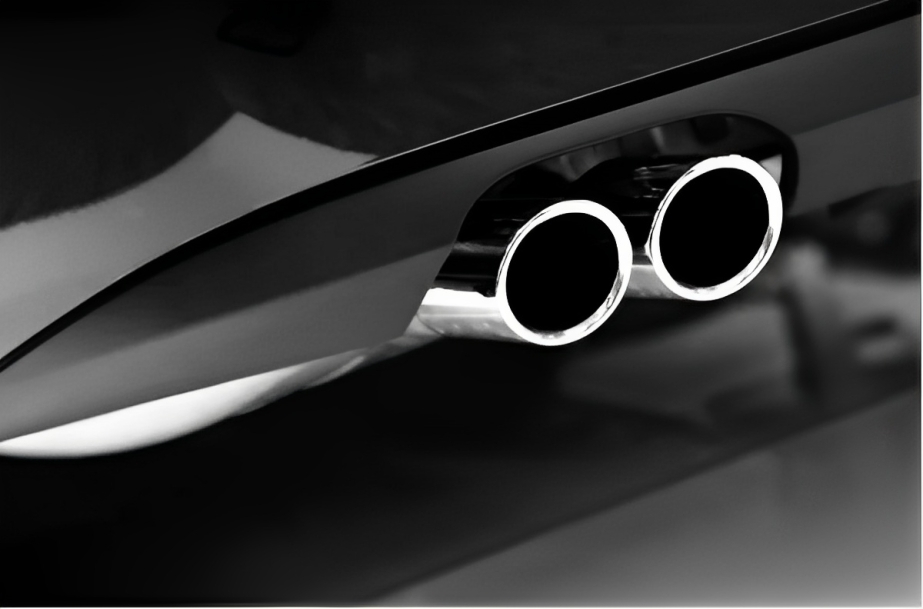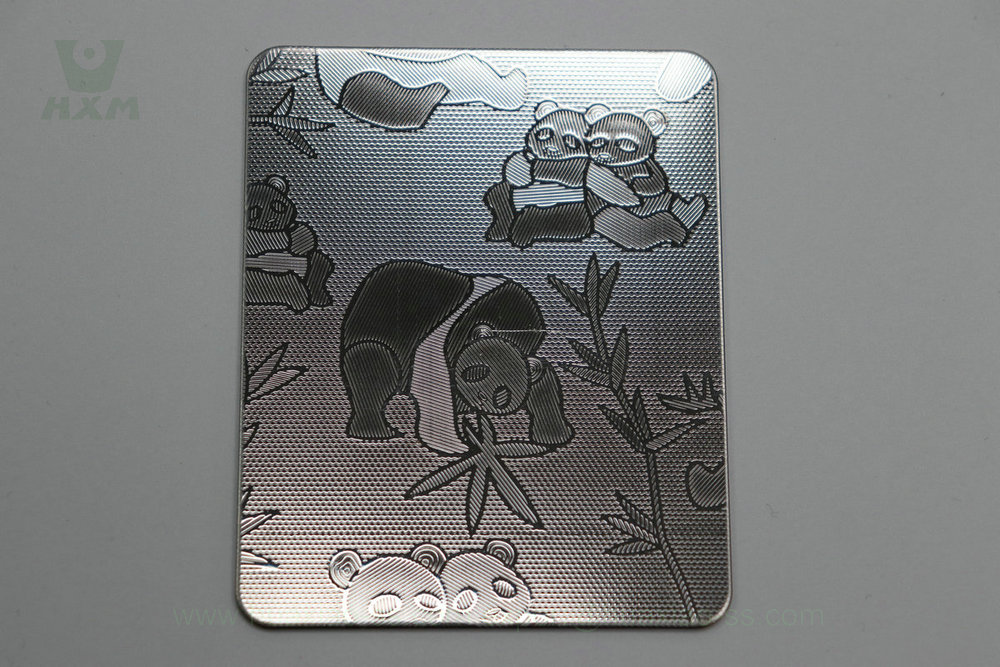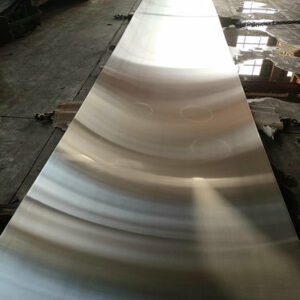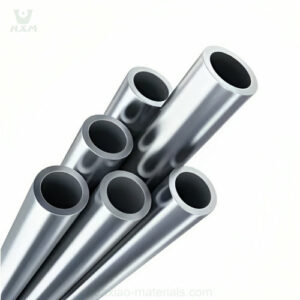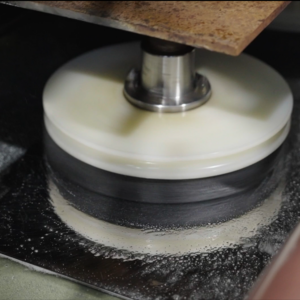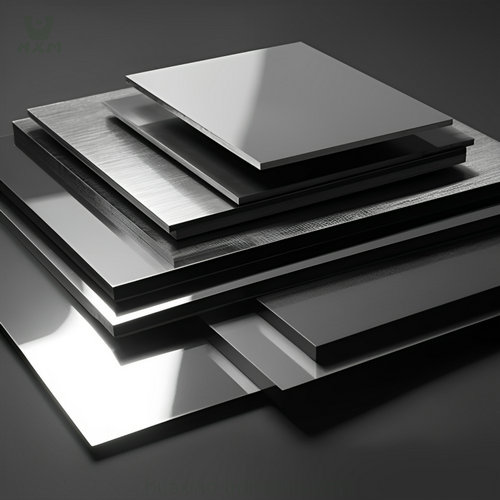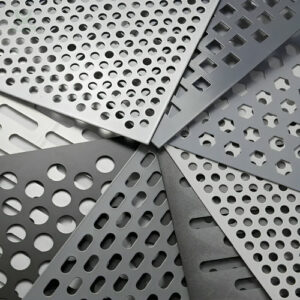904L stainless steel’s exceptional corrosion resistance and high strength make it well-suited for various industries operating in harsh and corrosive environments. Some typical applications include:
Chemical Processing: 904L stainless steel is widely used in chemical processing plants, where it comes into contact with aggressive chemicals, acids, and corrosive media. It is utilized in equipment such as reactors, storage tanks, heat exchangers, and piping systems.
Oil and Gas Industry: In offshore and onshore oil and gas facilities, 904L stainless steel is preferred for its resistance to chloride-induced corrosion and sulfur-containing environments. It finds application in oil and gas processing equipment, piping, and components exposed to seawater and sour gas.
Desalination Plants: Given its resistance to pitting and crevice corrosion in seawater environments, 904L stainless steel is used in desalination plants for brine handling systems, heat exchangers, and components subjected to saline conditions.
Pharmaceuticals: In the pharmaceutical industry, 904L stainless steel is utilized in equipment and vessels where resistance to corrosion from pharmaceutical compounds and cleaning agents is essential.
Pulp and Paper Processing: 904L stainless steel is utilized in pulp and paper mills where it encounters corrosive chemicals and acidic environments in various stages of paper production.
Marine and Coastal Structures: In marine environments, such as shipbuilding and coastal structures, 904L stainless steel is employed for its resistance to seawater, salt spray, and atmospheric corrosion.
Food and Beverage Processing: 904L stainless steel is used in food and beverage processing equipment due to its non-contaminating properties, corrosion resistance, and ease of cleaning.
Mining and Mineral Processing: In mining and mineral processing, 904L stainless steel is utilized in equipment exposed to acidic and abrasive conditions, such as ore processing equipment and storage tanks.
Phosphate and Fertilizer Production: The high resistance to phosphoric and sulfuric acid makes 904L stainless steel suitable for equipment used in phosphate and fertilizer production.
Pollution Control and Waste Treatment: 904L stainless steel is employed in pollution control systems, waste treatment facilities, and flue gas desulfurization equipment, where it withstands corrosive gases and acidic environments.
Power Generation: In power plants, 904L stainless steel is used in components exposed to high-temperature, high-pressure, and corrosive environments, including condenser tubing, heat exchangers, and boiler components.
Overall, 904L stainless steel’s versatility and robust corrosion resistance make it an ideal choice for critical applications in industries that demand superior performance in harsh and corrosive environments.


